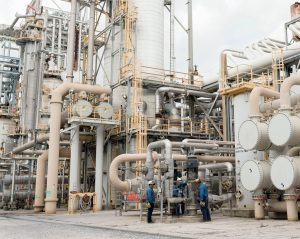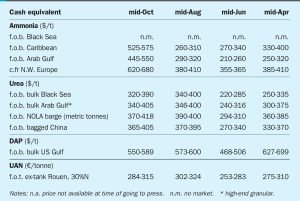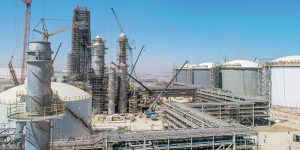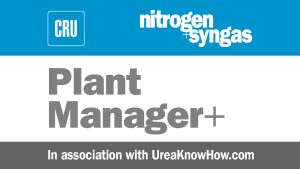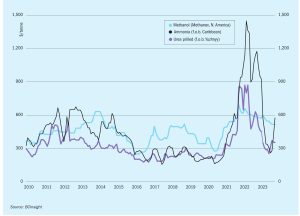
State of the US fertilizer industry
We report on fertilizer production, consumption and pricing in the US market. The country’s fertilizer industry, ranked fourth globally in terms of total production capacity, has grown and developed alongside its increasingly sophisticated domestic agricultural sector.



